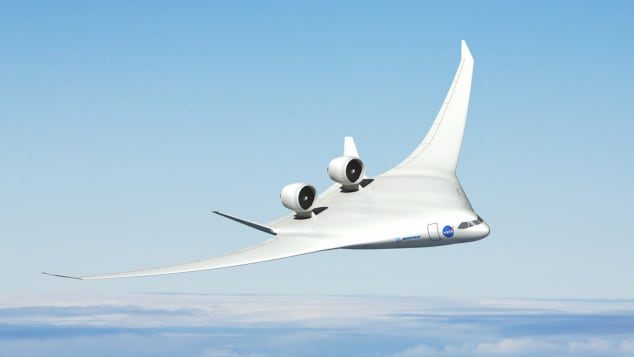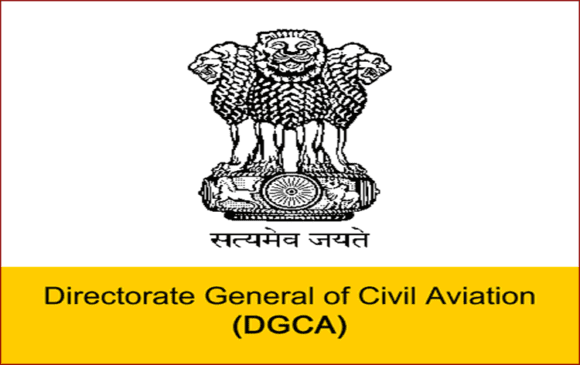
http cdn.cnn .com cnnnext dam assets 121120043459 future travel boeing blended wing
The risks of technological obsolescence on the cusp of a technology change to electric propulsion warrant caution for all-new programs.
We will not be seeing any “all-new” commercial aircraft designs in the 2020s, with the possible exception of the regional market. The reason is technological change, higher risks, and a low return on investment should new technologies obsolete existing technologies before 2040. Propulsion technology is changing radically, and that change will move its way up from trainers to commercial aircraft. The question is when, and with what impact economically?






